HEALTH CARE ACCESS:
Palo Verde has access to healthcare through the community health center as well as the medical brigades in El Zurzular. El Zurzular has a smaller health center called a CESAR. CESAR’s never have doctors on staff and typically have one nurse. The nurse staffs the health center Monday through Friday traveling from her home in Cofradia, about a 45 minute drive. The health center is open from about 7am to 3pm. Access to healthcare is limited, and if community members need to see a doctor or dentist, they must travel down the mountain to Cantarranas, the nearest town with a CESAMO, or a larger scale health center where doctors and occasionally dentists are on staff. The trip can take up to 4 hours on foot. Although there is a bus that comes to the community, it does not come very often and many community members cannot afford to pay the bus toll.
*These statistics represent brigades in the community of El Zurzular, where community members from Palo Verde attend Medical Brigades
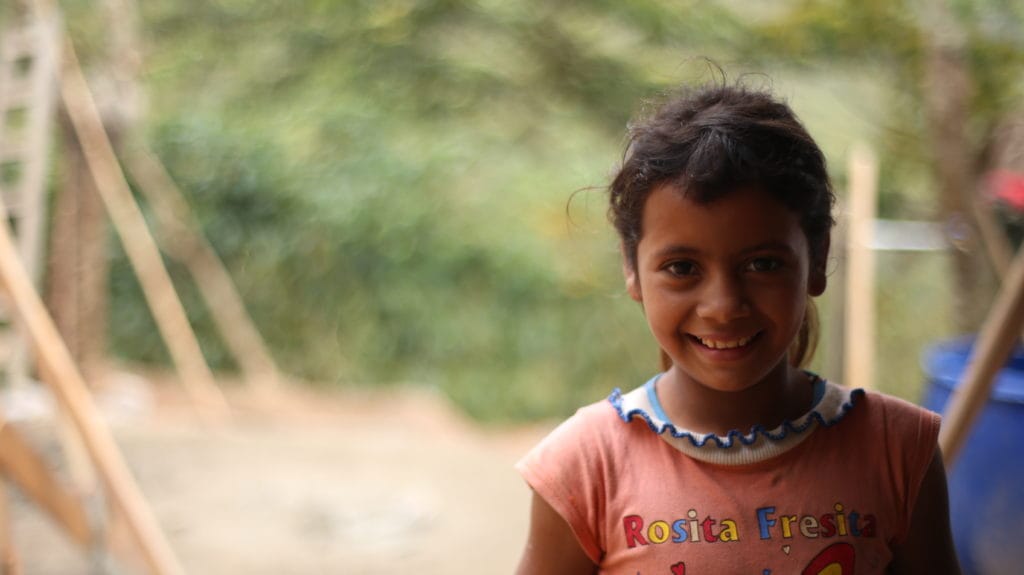
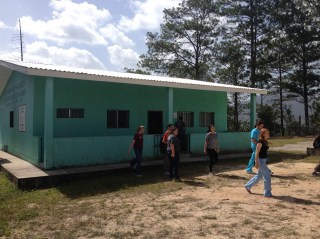 COMMUNITY HEALTH WORKERS:
COMMUNITY HEALTH WORKERS: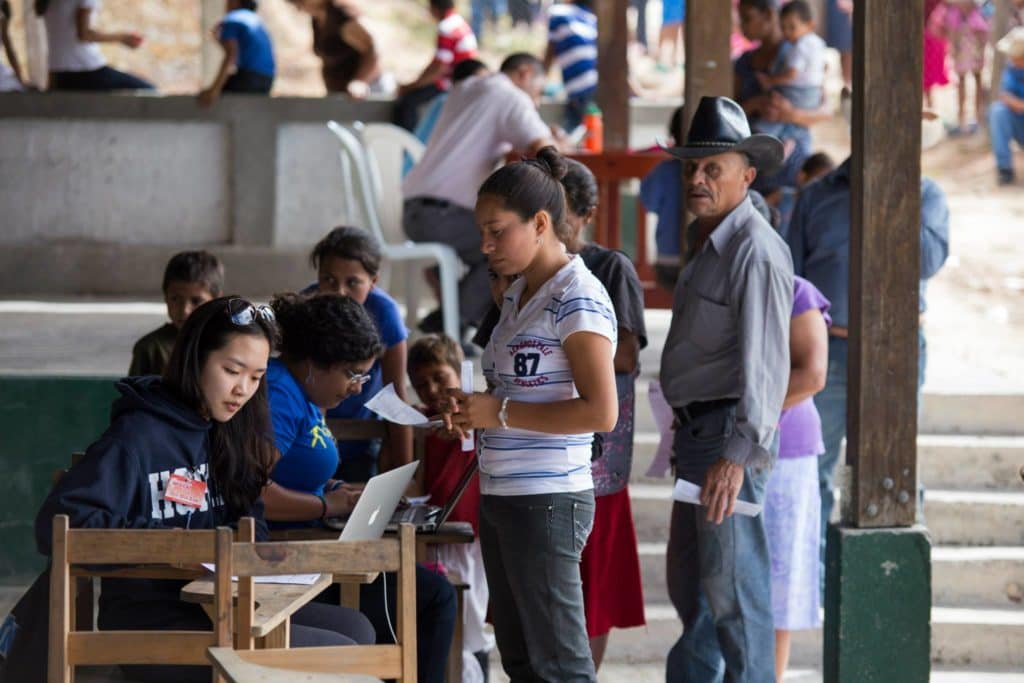
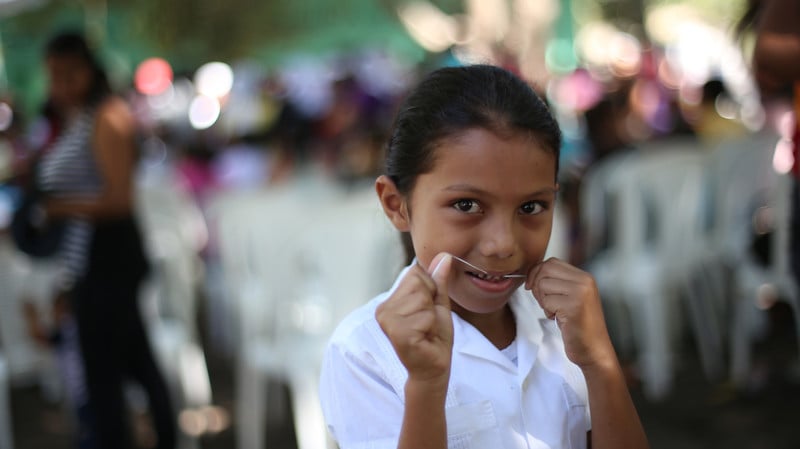 BRIGADE INFORMATION:
BRIGADE INFORMATION: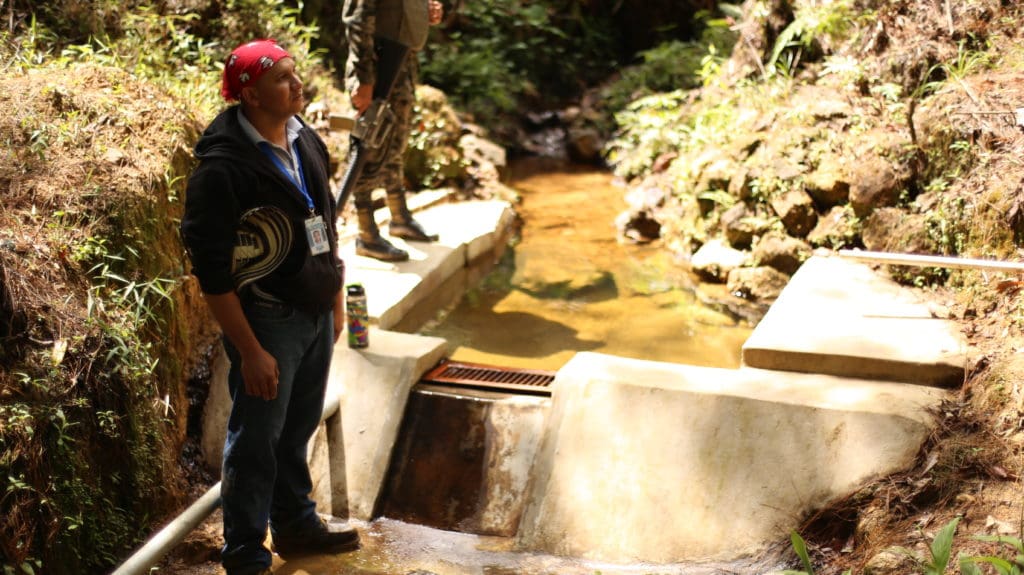
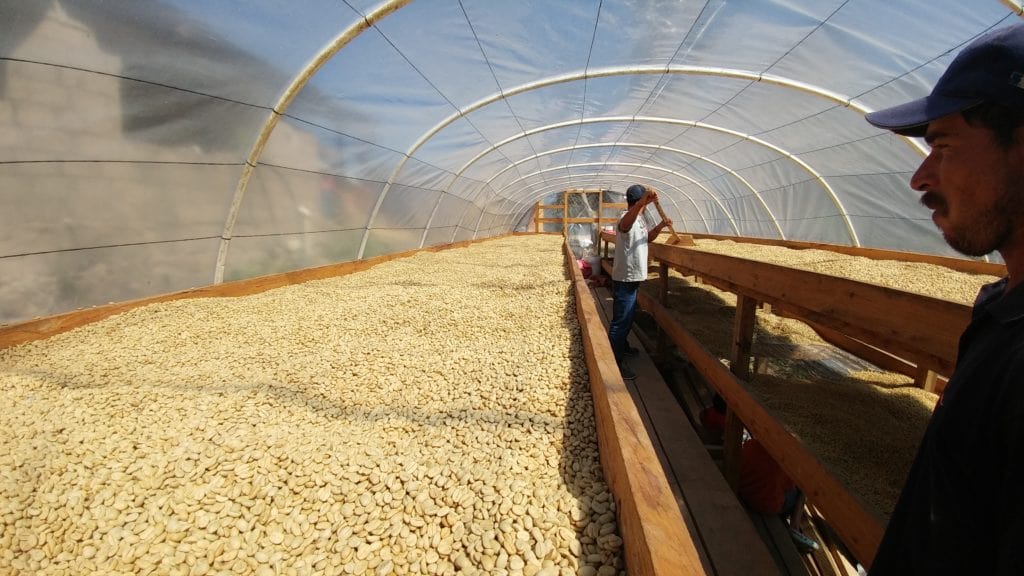 PALO VERDE’S MICROFINANCE SOLUTION
PALO VERDE’S MICROFINANCE SOLUTION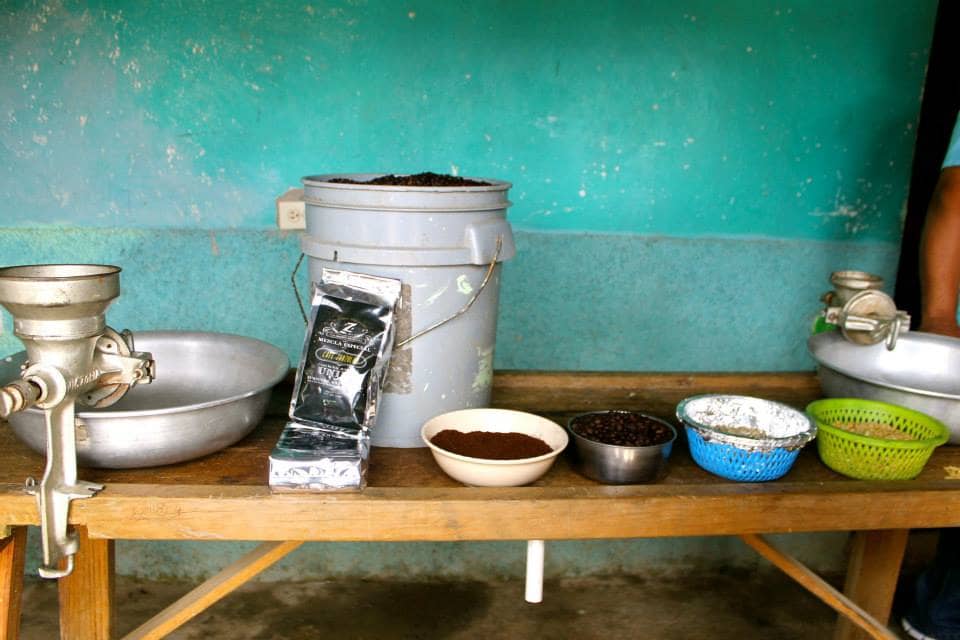 PALO VERDE’S BUSINESS SOLUTION
PALO VERDE’S BUSINESS SOLUTION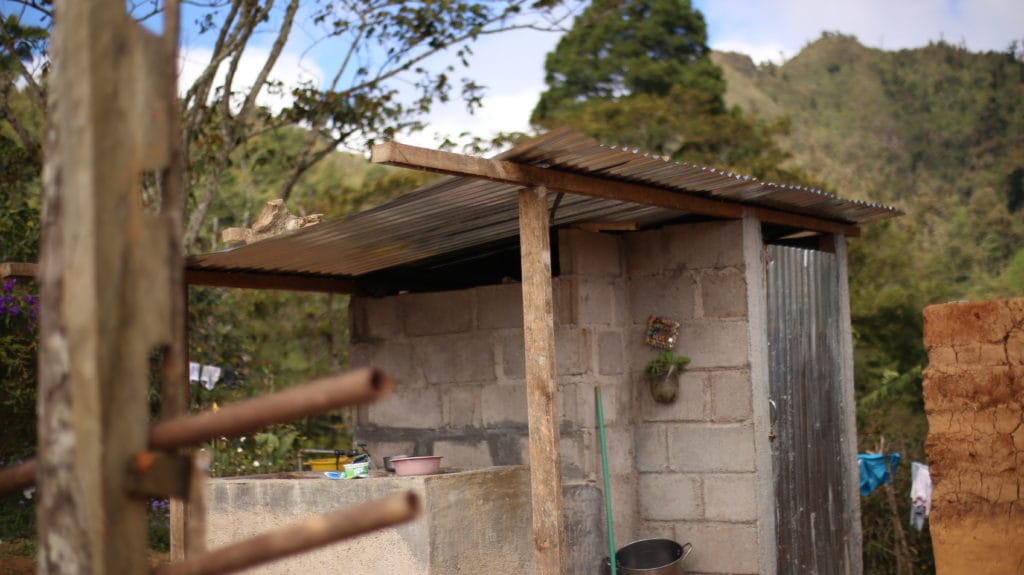 PALO VERDE’S PUBLIC HEALTH SOLUTION
PALO VERDE’S PUBLIC HEALTH SOLUTION